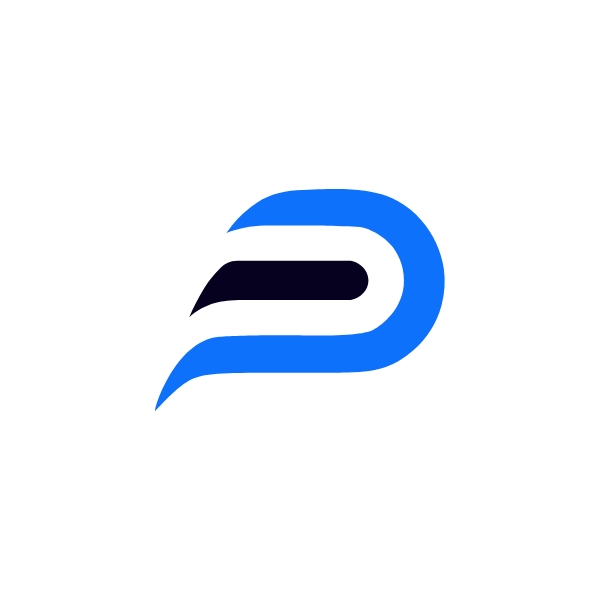
Navigating the Languages of Norway
Norway is a country in northern Europe. It shares a border with Sweden, Finland, and Russia. You may have heard that the Norwegians speak Norwegian. That is the truth, but while Norwegian is the predominant language in Norway, the country has a variety of spoken languages, with two of them having official recognition. This blog aims to delve into these linguistic nuances, offering insights and tips to better understand Norway's languages.
What Languages Do They Speak in Norway?
In Norway, there are two official languages: Norwegian and Sami. The Sami people, who have inhabited northern Scandinavia for millennia, speak their own language, which shares similarities with Finnish but also incorporates influences from other languages. However, the predominant language spoken in Norway today is Norwegian. While Sami is significant within certain regions and communities, Norwegian serves as the primary language for most daily communication, education, and administration throughout the country.

Where Else Is Norwegian Spoken?
Norwegian is also spoken in other places around the world where Norwegians have settled. Norwegian is one of the official languages of the Nordic Council, together with Danish and Swedish. The Nordic countries (Denmark, Finland, Iceland, Norway, and Sweden) are all members of NATO, so you might hear Norwegian spoken on military bases in some of those countries as well. In Canada, there are significant communities of Norwegian speakers, particularly in Manitoba, Saskatchewan, British Columbia, Alberta, Ontario, and Nova Scotia.

The Minority Languages of Norway
Norway has two official languages, but its linguistic diversity extends further to include several minority languages spoken in the country.
Sami
The Sami languages are an indigenous minority language spoken in northern Scandinavia. There are three main Sami languages: Northern Sami (Inari Sami, Skolt Sami, Lule Sami, Pite Sami), Inari Sami (or Tornedalian) is spoken by approximately 1,000 speakers in the municipality of Inari in Finnish Lapland. Skolt Sami is used by about 800 speakers in the municipality of Sodankylä in Finnish Lapland. Lule Sami is used by about 3,500 speakers mainly in the municipalities of Jokkmokk and Arvidsjaur in Swedish Lapland.
Sami language is part of the Finno-Ugric language family and are closely related to Estonian and Finnish (Finnish). The three languages have often been classified as dialects of a single language but they differ considerably from each other both structurally and lexically.
Rodi
Rodi language is a North Germanic language . It is also spoken in Russia, Finland, Iceland and Sweden.
It is a West Germanic language along with English and Dutch, but it is not related to these languages at all.
Rodi was first written down during the Viking Age (800-1050 CE) in runes called "futhark". This alphabet was used until the beginning of the 20th century when it was replaced by Latin letters.
The language has changed quite a lot since then, but most people can still read old texts even today.
Romani
Romani is the language of the Romani people, who are spread across many nations and have numerous ethnic groups, that have a specific Romani dialect.
Romani is a language of the Indo-Aryan branch of the Indo-European language family. It has two major dialects: Vlax (spoken in Central and Eastern Europe) and Caló (spoken in Spain and Portugal). Romani is spoken by more than 2 million people worldwide.
The name "Romani" comes from the term "Romanus", referring to the Byzantine Empire. The early ancestors of modern Roma were Irish Travellers who left Ireland in 1690 for religious reasons and settled in Hungary, where many Gypsies live today. They are also known as Kale, Kalderaši or Kalogeri.
The Romani language has its own alphabet based on Latin letters called Kalo sofone (Կալու սոֆորն) or Kalu śifoni (Կալու сифони).
Kven
For many people, Kven is the only language they know. It is spoken by about 800,000 people in Norway, Sweden, Finland, and Russia. In Norway, it is used mainly in Finnmark county and in some parts of Troms and Nordland counties.
Kven was brought to Norway by the ancestors of the present-day Kven population during the migration period (400-600 AD). They came from Finland and Russia to work as fishermen and farmworkers. The first written sources about Kven date back to the 16th century when Trygve Gulbranssen wrote a grammar book for Kven.
The Kven language has changed very little since then, although there have been some minor changes in spelling rules over time. Today there are two main dialects: eastern (Skolt) and northern (Pite).
Is English Spoken in Norway?
English is widely spoken in Norway. The country has English as a mandatory subject in the curriculum from elementary school through high school, and many Norwegians have studied English for several years. As a result, most young people speak at least some English.
Norwegians are so accustomed to hearing English on the streets that they'll often chat with you in English if they hear you struggling with Norwegian.
To summarize, Norway's linguistic landscape is a reflection of its cultural diversity and global connectivity. With Norwegian and Sami as official languages, complemented by minority languages such as Rodi, Romani, and Kven, the country showcases inclusivity and respect for linguistic heritage. The widespread use of English further facilitates international communication, emphasizing Norway's openness to the global community.







